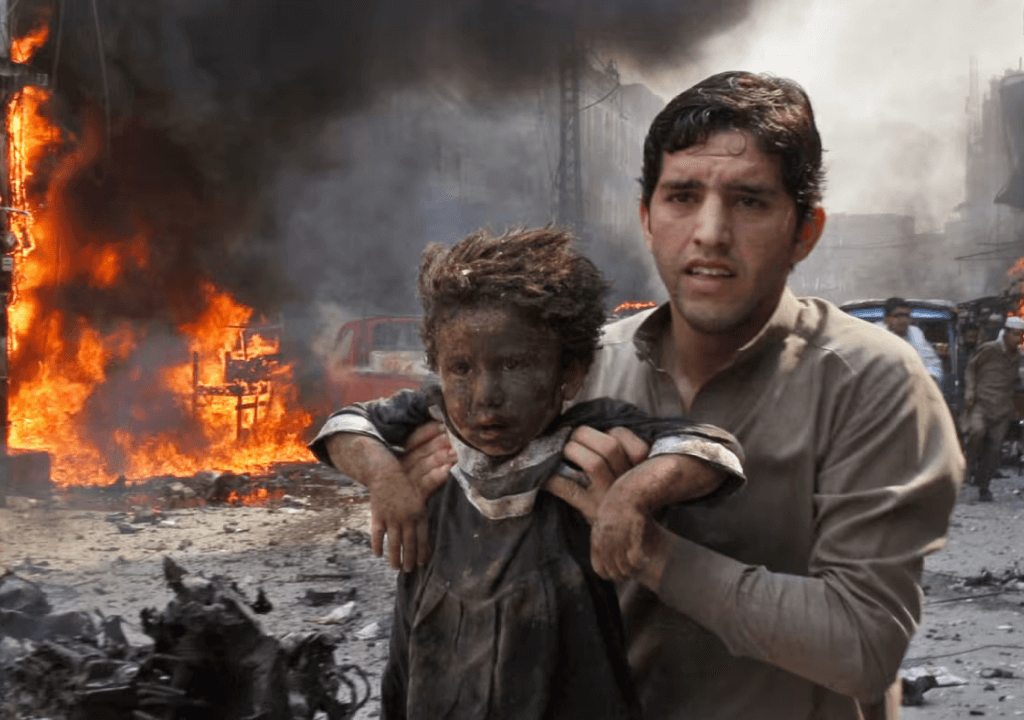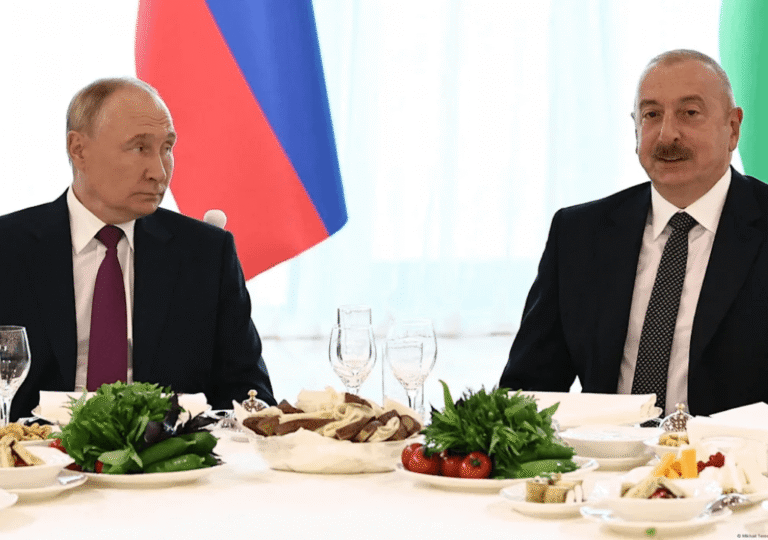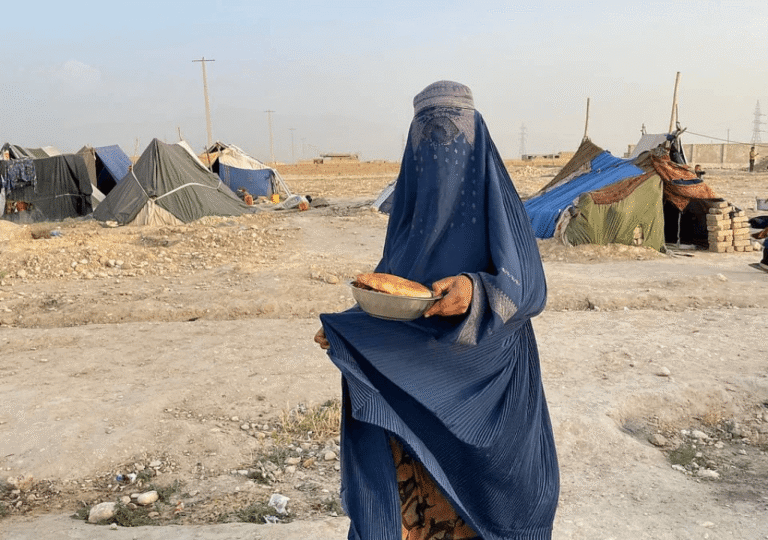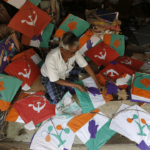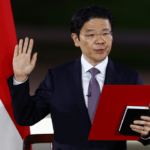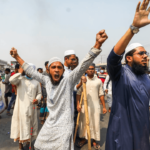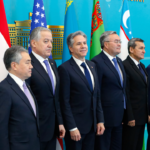Violence grips Balochistan once again as the region’s long-standing unrest escalates. Calls for secession grow louder, with military crackdowns forcing Baloch civilians into disappearance while rebel attacks target Pakistani nationals. The divide between the two sides widens, fueling an unrelenting cycle of bloodshed. Baloch nationalists seize the moment, using social media to amplify their cause and strengthen their movement. Meanwhile, Pakistan scrambles to maintain control. The crisis threatens not just its grip on Balochistan’s vast mineral wealth but also the fragile stability of the state itself. Pakistan, already teetering as a failed state, recognizes that Balochistan may only be the beginning—other regions could soon follow. As secessionist movements gain momentum, instability tightens its hold, pushing the country further into uncertainty.
The latest escalation in the Balochistan-Pakistan conflict reveals a clear pattern: the struggle has evolved into an open confrontation between Baloch rebels and Punjabis. Rebels view Punjabis as the architects of Pakistan’s military and political dominance, holding them responsible for decades of repression against Baloch activists and civilians. Each wave of violence has only deepened their resentment. Now, that hostility is driving a surge in attacks deliberately targeting Punjabi civilians.
On Tuesday night, gunmen ambushed a passenger bus bound for Lahore, killing seven people in what appeared to be an ethnically motivated attack. They struck in Balochistan’s Barkhan district, a volatile area bordering Afghanistan and Iran. According to senior government official Saadat Hussain, the attackers burst the bus’s tires, forced the passengers to show their identification cards, and dragged those from Punjab off the vehicle. They lined them up and executed them in cold blood.
Just days earlier, on Friday, an explosion ripped through a vehicle carrying laborers in southwest Pakistan, near the Afghan border, killing at least ten people. The workers were traveling to a market in Harnai when an improvised explosive device obliterated their vehicle. Reports from local media, including Geo News, later confirmed the death toll had risen to eleven, with several of the injured in critical condition. Harnai, located about 160 kilometers east of Quetta, has long remained a flashpoint in Balochistan’s insurgency, where targeted violence continues to escalate.
The Balochistan Liberation Army (BLA) leads the region’s insurgency, relentlessly attacking security forces and targeting Pakistani nationals from other provinces. Last year alone, they killed at least 39 ethnic Punjabis in targeted assaults. Expanding its campaign beyond domestic targets, the BLA has also struck Chinese-backed projects in Balochistan, framing its resistance as a battle against exploitation. The group argues that while foreign investors and Pakistani elites profit from the province’s vast natural resources, local communities remain trapped in poverty, fueling deeper resentment and armed rebellion.
However, the surge in attacks against Punjabis—who wield significant influence over Pakistan’s political, military, and cultural spheres—is not only escalating the conflict between Baloch insurgents and the state but also creating fractures within the Baloch community itself. While hardliners push for direct retaliation against Pakistanis, others worry that such violence will invite even harsher military crackdowns, fueling more enforced disappearances and civilian casualties.
Pakistan has already labeled Baloch nationalist leaders as terrorists, including internationally recognized activist Mahrang Baloch. Yet, many believe that further military action in Balochistan will only deepen Baloch resentment toward both the Pakistani government and its people. A forceful crackdown risks alienating foreign allies, whose financial support remains crucial for the country’s survival. This strategic deadlock has left Pakistan hesitant to escalate, even as large swaths of Balochistan slip further from its control.
The relentless cycle of bloodshed, driven by both sides, has only entangled the conflict further. Any hope for peaceful negotiations grows increasingly remote, as neither party shows a willingness to engage without external pressure. Yet, no such force is actively shaping the situation. The United States, once deeply involved in Pakistan’s affairs, has largely withdrawn. The Baloch reject any intervention from China, while Britain and the Arab states would only act with Pakistan’s approval—an unlikely scenario given the current tensions.
Until someone steps in to mediate talks and broker a resolution, the violence will continue. Pakistani forces will detain or kill more Baloch in crackdowns, while desperate, jobless Pakistanis will keep moving to Balochistan, risking their lives only to become targets of insurgent attacks. In the coming days, Pakistan’s headlines will report the same grim reality: escalating bloodshed, deepening divisions, and a nation failing to contain a conflict spiraling beyond its control.

